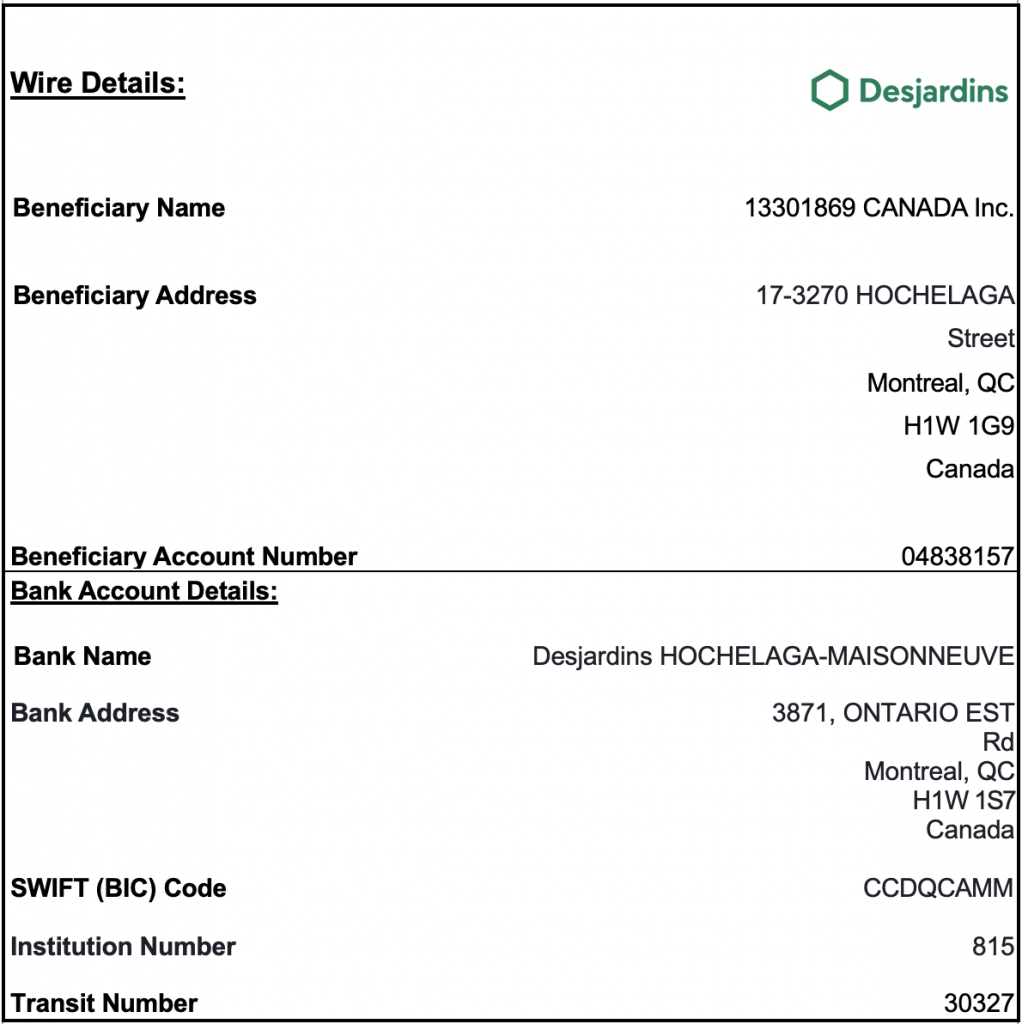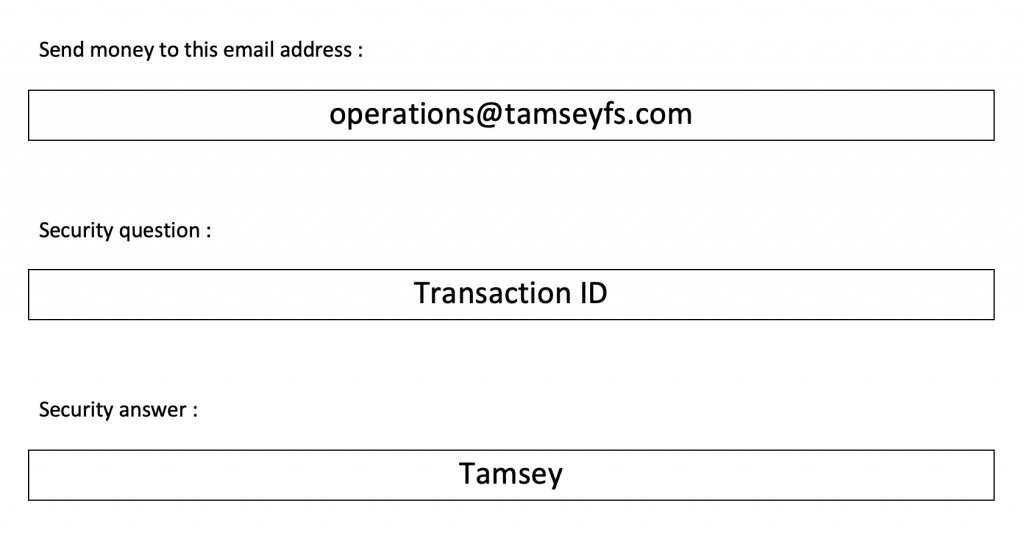How to Protect Yourself from Money Transfer Scams
Money transfer scams are becoming increasingly common as more people use digital platforms to send and receive funds.
Scammers employ a variety of tactics to trick users into giving up personal information or transferring money under false pretenses.
The consequences can be devastating, both financially and emotionally. While many money transfer apps offer robust security features, it’s still crucial for users to remain vigilant.
This guide will provide practical tips to help you, how to protect yourself from money transfer scams and ensure that your transactions remain safe.
Recognizing Common Money Transfer Scams
The first step to protect yourself from money transfer scams is knowing what to look out for. Common scams include phishing attacks, where scammers pose as legitimate entities to steal your personal information, and fraudulent payment requests, where scammers convince you to send money for fake products or services.
Another prevalent scam involves “money mules,” where scammers ask you to transfer money on their behalf, which is often connected to criminal activity.
Staying informed about these scams can help you identify red flags before you fall victim. Always be skeptical of unsolicited requests for money or personal information, especially if they come with a sense of urgency.
Security Features to Look for in a Money Transfer App
When choosing a money transfer app, focus on these key security features:
-
Encryption: This keeps your data safe from hackers.
-
Multi-Factor Authentication: This adds an extra layer of security by requiring you to verify your identity in multiple ways.
-
Real-Time Transaction Monitoring: This alerts you to suspicious activity, allowing you to stop fraud before it happens.
-
Fraud Protection Policies: Some apps offer coverage for unauthorized transactions, giving you extra peace of mind.
Avoiding Phishing Scams: Protect Your Personal Information
Phishing scams are one of the most common ways people fall victim to money transfer fraud.
Scammers may send you mails or text messages that appear to be from your bank or money transfer app, asking you to provide personal information such as your login credentials or credit card details.
To avoid these scams, never click on links or open attachments from unknown or suspicious sources.
Legitimate companies will never ask for sensitive information through email or text.
If you receive a message that seems questionable, contact your bank or money transfer service directly using.
VISIT TAMSEY FOR MORE INFORMATION



